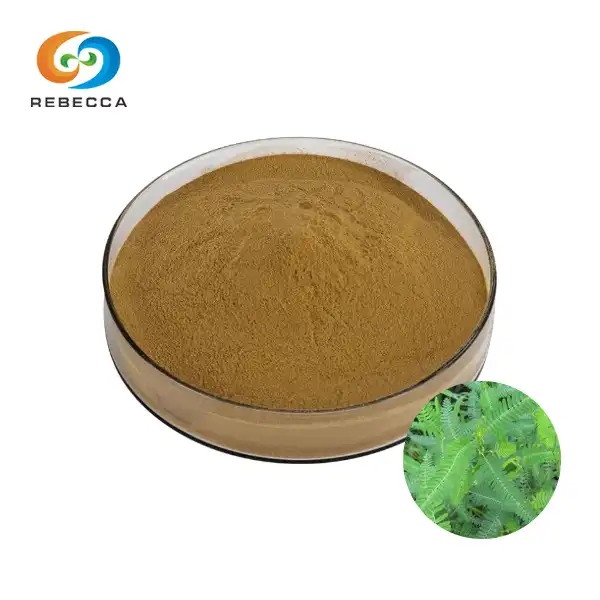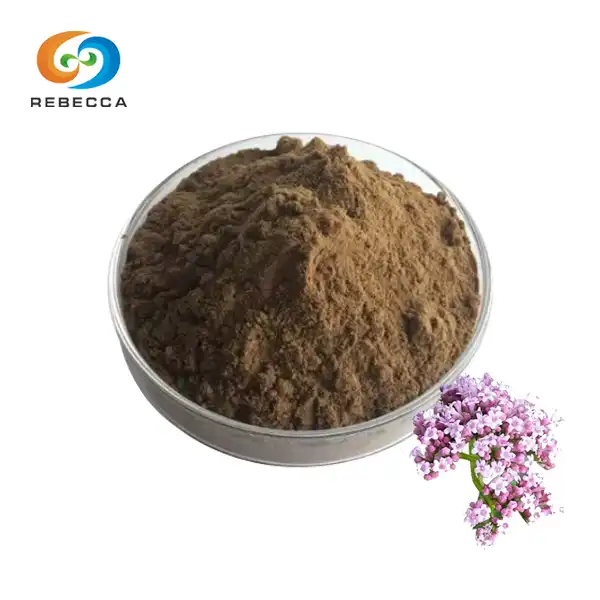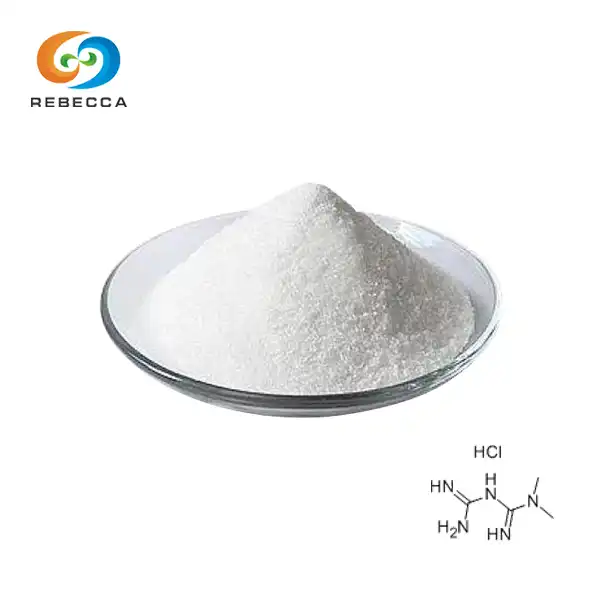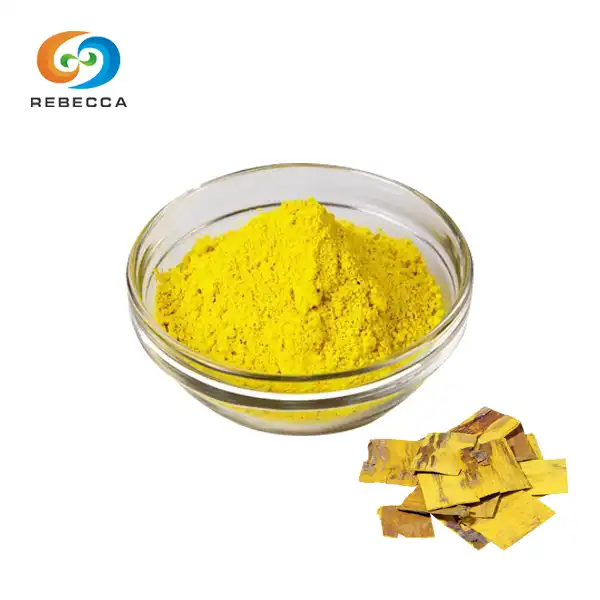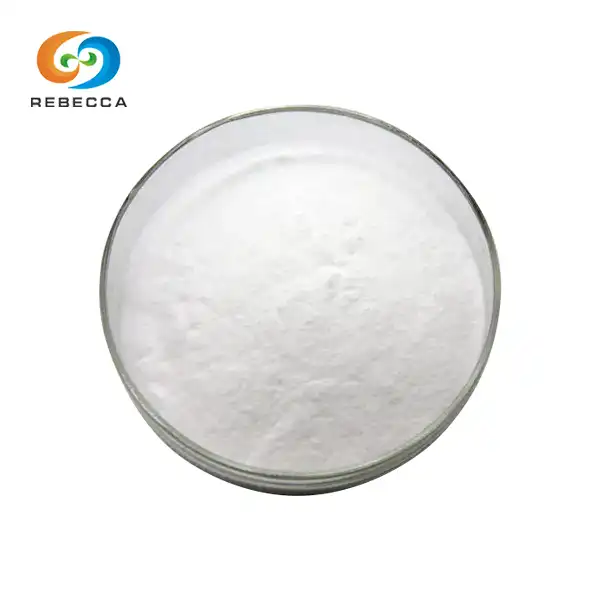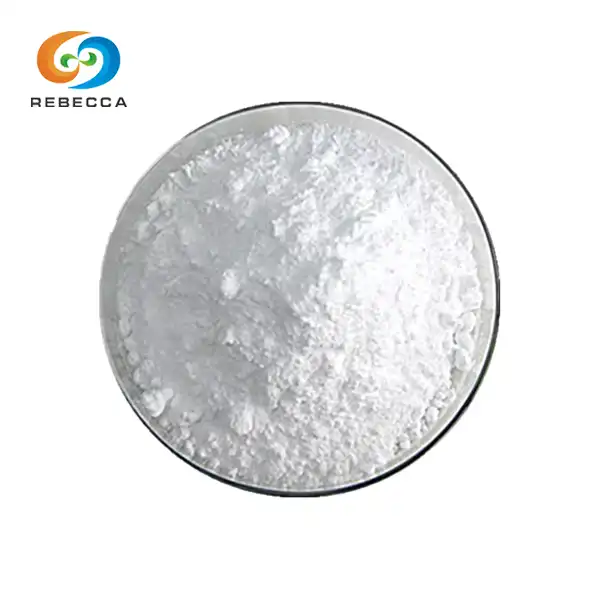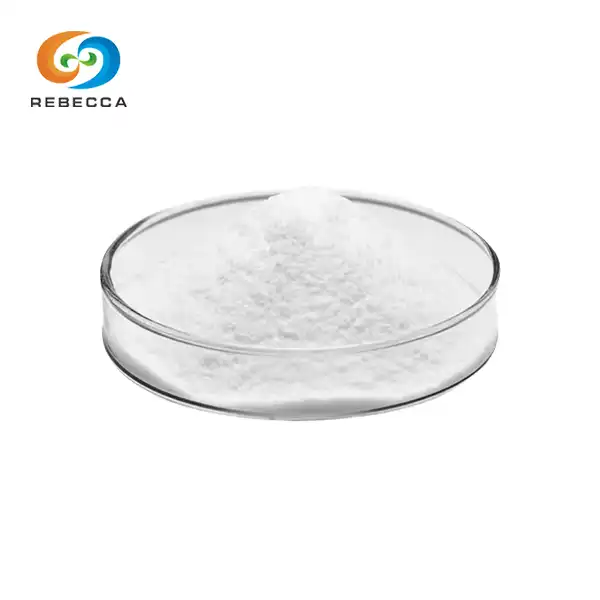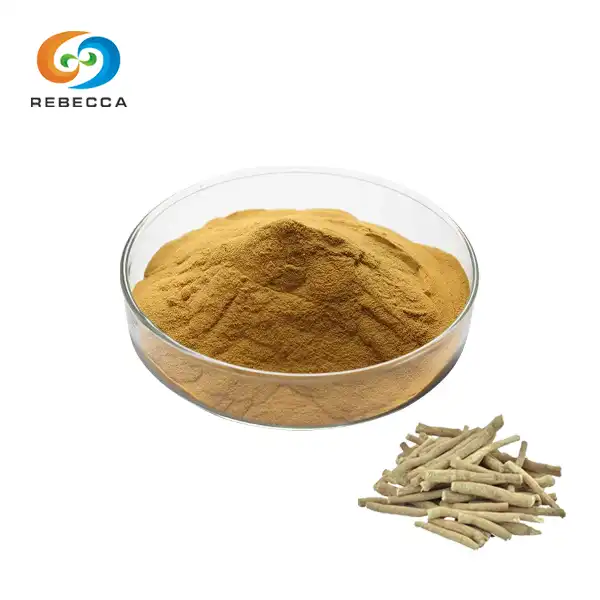How is the specification of curcumin powder defined?
Curcumin, the active compound found in turmeric, has gained significant attention in recent years due to its potential health benefits. As the demand for pure curcumin powder and pure bulk curcumin increases, it's crucial to understand how the specifications of this powerful compound are defined. In this article, we'll explore the key parameters in curcumin powder specifications, methods for measuring curcumin purity, and the role of color intensity and solubility in quality assessments.

What are the key parameters in curcumin powder specifications?
When it comes to defining the specifications of curcumin powder, several key parameters are taken into consideration. These parameters ensure that the product meets the required standards for quality, purity, and efficacy. Let's delve into the most important aspects:
1. Curcumin content: The primary specification for curcumin powder is its curcumin content. This is typically expressed as a percentage and refers to the amount of pure curcumin present in the product. High-quality curcumin powders often contain 95% or more curcumin, with some premium products reaching up to 98% purity.
2. Moisture content: The moisture level in curcumin powder is crucial for maintaining its stability and preventing degradation. Specifications usually require a moisture content of less than 2%, with some manufacturers aiming for even lower levels to ensure product longevity.
3. Heavy metal content: As with any natural product, it's essential to monitor and limit the presence of heavy metals. Specifications typically set maximum allowable limits for lead, arsenic, mercury, and cadmium, ensuring the product is safe for consumption.
4. Microbiological limits: To guarantee the safety and quality of curcumin powder, specifications include limits on microbial contamination. This includes testing for total plate count, yeast and mold, E. coli, and Salmonella.
5. Particle size: The fineness of the curcumin powder is another important specification. Smaller particle sizes generally indicate a higher-quality product with improved solubility and bioavailability.
6. Melting point: Pure curcumin has a specific melting point range, typically between 179-183°C. This serves as an indicator of purity and is often included in product specifications.
These key parameters form the foundation for defining curcumin powder specifications, ensuring that consumers receive a high-quality product when purchasing pure nature turmeric organic supplements or pure curcumin powder for research purposes.

How is curcumin purity measured in commercial products?
Measuring the purity of pure nature turmeric organic in commercial products is a critical step in quality control and specification adherence. Several analytical techniques are employed to accurately determine curcumin content and overall purity:
1. High-Performance Liquid Chromatography (HPLC): This is the gold standard for measuring curcumin purity. HPLC separates and quantifies the individual curcuminoids (curcumin, demethoxycurcumin, and bisdemethoxycurcumin) present in the sample. This method provides a precise measurement of curcumin content and is widely used in the industry.
2. Ultraviolet-Visible Spectrophotometry (UV-Vis): This technique measures the absorption of light by curcumin at specific wavelengths. While not as precise as HPLC, it's a quicker and more cost-effective method for routine quality control.
3. Fourier-Transform Infrared Spectroscopy (FTIR): FTIR can be used to identify the presence of curcumin and assess its purity by analyzing the characteristic absorption bands of the compound.
4. Nuclear Magnetic Resonance (NMR) Spectroscopy: NMR provides detailed structural information about curcumin molecules and can be used to confirm purity and identify any impurities present.
5. Mass Spectrometry: This technique can be used in conjunction with chromatography methods to provide additional confirmation of curcumin identity and purity.
6. Thin-Layer Chromatography (TLC): While less quantitative than other methods, TLC can be used as a quick screening tool to identify the presence of curcumin and its related compounds.
When measuring curcumin purity in commercial products, it's important to note that pure curcumin powder typically contains a mixture of three curcuminoids: curcumin (diferuloylmethane), demethoxycurcumin, and bisdemethoxycurcumin. The total curcuminoid content is often reported, with curcumin being the predominant compound.
For products marketed as pure bulk curcumin or pure nature turmeric organic, manufacturers often aim for a total curcuminoid content of 95% or higher, with curcumin itself comprising at least 70-80% of the total curcuminoids. These high purity levels ensure that consumers receive a potent and effective product.

What role do color intensity and solubility play in quality specifications?
Color intensity and solubility are important quality indicators for curcumin powder, playing a significant role in both aesthetic appeal and functional properties. Let's examine how these characteristics contribute to overall quality specifications:
Color Intensity:
1. Visual appeal: The vibrant yellow-orange color of curcumin is one of its most distinctive features. High-quality pure curcumin powder should exhibit a rich, intense color.
2. Indicator of purity: Generally, a deeper color indicates a higher concentration of curcuminoids. However, color alone is not a definitive measure of purity and should be used in conjunction with other analytical methods.
3. Standardization: Some manufacturers use colorimetric methods to quantify color intensity, ensuring batch-to-batch consistency.
4. Stability indicator: The color of curcumin can fade over time or when exposed to light and heat. Monitoring color stability can provide insights into the product's shelf life and storage conditions.
Solubility:
1. Bioavailability: Curcumin is naturally poorly soluble in water, which limits its bioavailability. Improved solubility can enhance the body's ability to absorb and utilize curcumin.
2. Formulation considerations: The solubility of curcumin powder affects its use in various applications, from dietary supplements to functional foods and beverages.
3. Quality indicator: Higher purity curcumin tends to have specific solubility characteristics in various solvents. Deviation from expected solubility patterns may indicate impurities or degradation.
4. Enhanced formulations: Some manufacturers develop specialized curcumin formulations with improved solubility, such as nanoparticle curcumin or liposomal curcumin. These products often have their own specific solubility specifications.
To address solubility concerns, some manufacturers offer water-soluble curcumin powder, which can be particularly useful for certain applications. These enhanced formulations often involve the use of specific carriers or processing techniques to improve curcumin's solubility without compromising its purity or efficacy.
It's worth noting that while color intensity and solubility are important quality indicators, they should not be relied upon exclusively. A comprehensive assessment of curcumin powder quality should always include a full range of analytical tests to ensure purity, potency, and safety.

Curcumin Extract Powder Bulk For Sale
In summary, the specification of curcumin powder is defined through a comprehensive set of parameters that ensure product quality, safety, and efficacy. From curcumin content and purity measurements to color intensity and solubility assessments, each aspect plays a crucial role in delivering a high-quality product to consumers. Whether you're seeking pure curcumin powder for research purposes or pure nature turmeric organic supplements for health benefits, understanding these specifications can help you make informed decisions about the products you choose.
Looking for a reliable source of high-quality Pure Curcumin Powder? Rebecca Bio-Tech is the professional manufacturer you need. We pride ourselves on delivering stable quality and the most competitive prices in the market. For more information or to place an order, feel free to contact us at information@sxrebecca.com.
References:
[1] Priyadarsini, K. I. (2014). The chemistry of curcumin: from extraction to therapeutic agent. Molecules, 19(12), 20091-20112.
[2] Tayyem, R. F., Heath, D. D., Al-Delaimy, W. K., & Rock, C. L. (2006). Curcumin content of turmeric and curry powders. Nutrition and cancer, 55(2), 126-131.
[3] Anand, P., Kunnumakkara, A. B., Newman, R. A., & Aggarwal, B. B. (2007). Bioavailability of curcumin: problems and promises. Molecular pharmaceutics, 4(6), 807-818.
